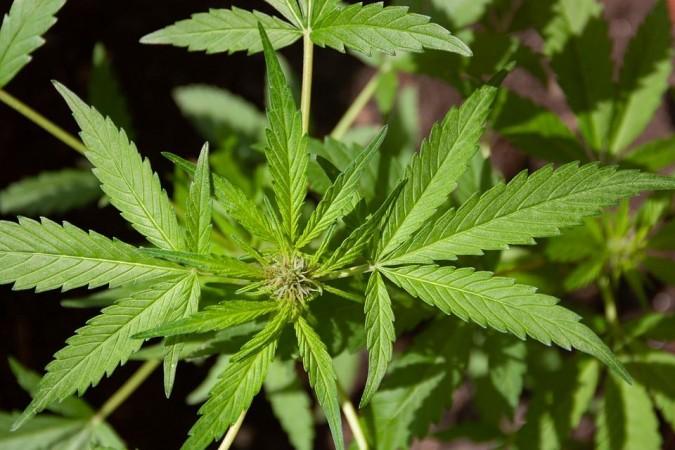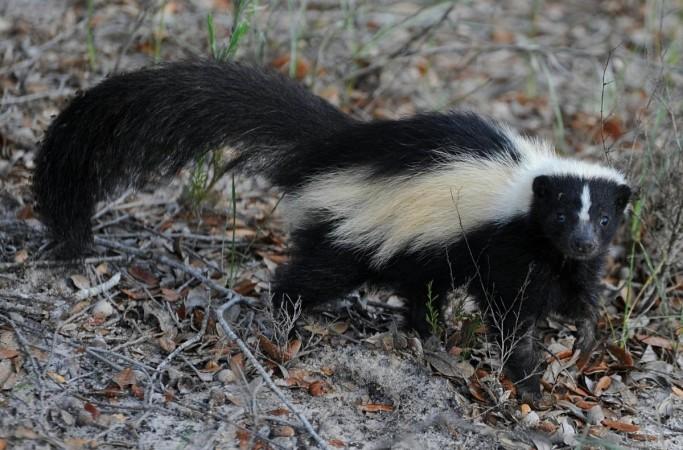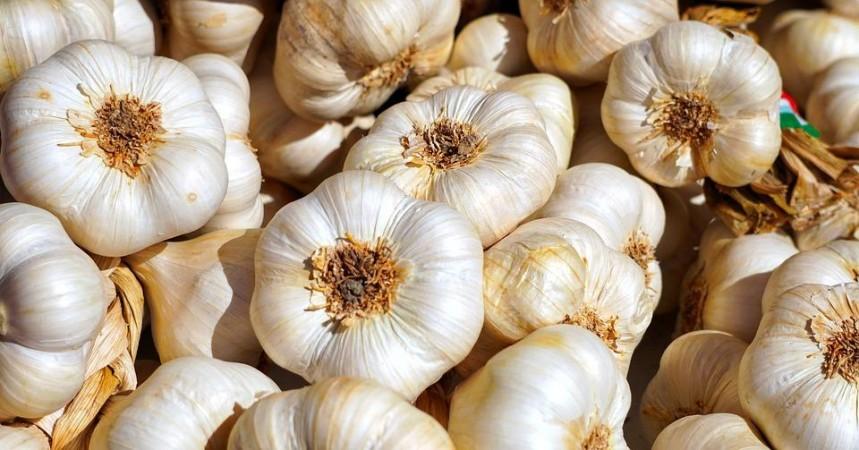If one mentions cannabis, which features of the plant or its products would stand out the most? Its distinguishing 'skunk-like' odour of course! While some, mostly users, find it pleasing to their senses, many are outrightly repulsed by it. The important question, however, is this: What gives cannabis its distinctive smell? Now, scientists have discovered that a group of sulfur compounds are the source of the plant's unique aroma.
According to a new study, a family of chemicals known as prenylated volatile sulfur compounds (VSCs) gives cannabis its 'skunky' redolence. It was also found that the concentration of VSCs varied depending on the stage of the plant's growth. One VSC in particular, 3-methyl-2-butene-1-thiol, was dominant in the most pungent cultivars of cannabis.
"These results shed light on the chemical origins of the characteristic aroma of cannabis and how volatile sulfur compound production evolves during plant growth," wrote the authors. The findings were published in the journal ACS Omega.
Characteristic Skunk-like Odour

Cannabis is a genus of flowering plants belonging to the family Cannabaceae. It is also a generic term used to address numerous psychoactive concoctions made using three plants from the genus— Cannabis indica, Cannabis sativa, and Cannabis ruderalis. According to the WHO, 2.5 percent of the world's population consumes cannabis products. In several countries, the production and use of cannabis are illegal. However, there is proof of both its positive and negative effects on health.
Over 200 aroma compounds—secondary metabolites contributing to scent—are produced by Cannabis sativa. Based on older studies, terpenoids have largely been associated with the plant's smell. Terpenoids are molecules whose aroma ranges from citrusy to floral, fuel-like or woody. The varied mixtures of these substances provide different cultivars of cannabis their distinctive smells.
Despite being the most abundant aroma compounds observed in cannabis, there is no evidence to conclusively state that terpenoids give the characteristic skunk-like tang to several cultivars. Therefore, the team took a closer look at skunks themselves. The acrid liquid that animal sprays in self-defense contains numerous volatile sulfur compounds (VSCs). This prompted the authors to investigate whether similar molecules are present in cannabis.
Finding the Source of 'Skunkiness'

For the study, the team examined flowers from 13 cannabis cultivars. A custom-built 2D gas chromatography system equipped with three types of sensors—flame ionization detection, sulfur chemiluminescence, and time-of-flight mass spectrometry—was utilized for this purpose. Next, the pungencies of the cultivars were assigned scores on a scale of zero to ten and ranked.
A strain known as Bacio Gelato was found to have the highest concentration of VSCs and emerged as the most pungent one. Seven VSCs were identified in Bacio Gelato. The presence of these particular compounds was also detected in other cultivars. Among the seven VSCs, five possessed the prenyl (3-methylbut-2-en-1-yl) functional group and had a sulfuric or skunk-like odour.
One specific VSC, 3-methyl-2-butene-1-thiol (also referred to as VSC3), was the most abundant one in strains that had been rated most pungent. Interestingly, previous studies have gleaned VSC3 responsible for the scent and flavor of 'skunked beer'—the beer that spoils following exposure to UV light.
Varying Levels of Compound

Having zeroed in on VSC3, the team aimed to confirm whether it was indeed the primary source of the skunky odour. In order to verify its role, the researchers added VSC3 to ten other significant aroma compounds from cannabis. This produced a blended odour that was strikingly similar to the smell that was typical of the plant.
In addition to this, the compound was also detected in cannabis concentrates such as butane hash oil (BHO) that is used in vapes. "We confirmed that cannabis extracts can indeed contain these compounds in reasonable concentration if processed correctly," stated Kevin Koby, co-author of the study, in a statement.
The team also conducted greenhouse experiments using the cultivars. It was learnt that that the concentration of prenylated VSCs in cannabis plants increased considerably towards the end of their flowering stage, peaked during the curing process, and significantly decreased 10 days post storage.

"These results prove that cannabis producers are racing against time when it comes to getting quality products into customers' hands. Hopefully our results will establish a new standard for cultivators and distributors to help preserve and protect these key compounds — regardless of the rigors of processing, packaging, and time on shelf," noted Koby.
Potential Health Benefits
However, the findings of the study may aid in the exploration of other potential uses for these compounds. The molecular structures of cannabis VSCs resemble those present in garlic (Allium sativum). VSCs in garlic are known to have anti-cancer and cardioprotective properties and offer several health benefits.
"I hope our results can act as a springboard to help other researchers determine if these compounds endow cannabis with even more medicinal properties than we ever imagined," expressed Josh Del Rosso, co-author of the study.

















